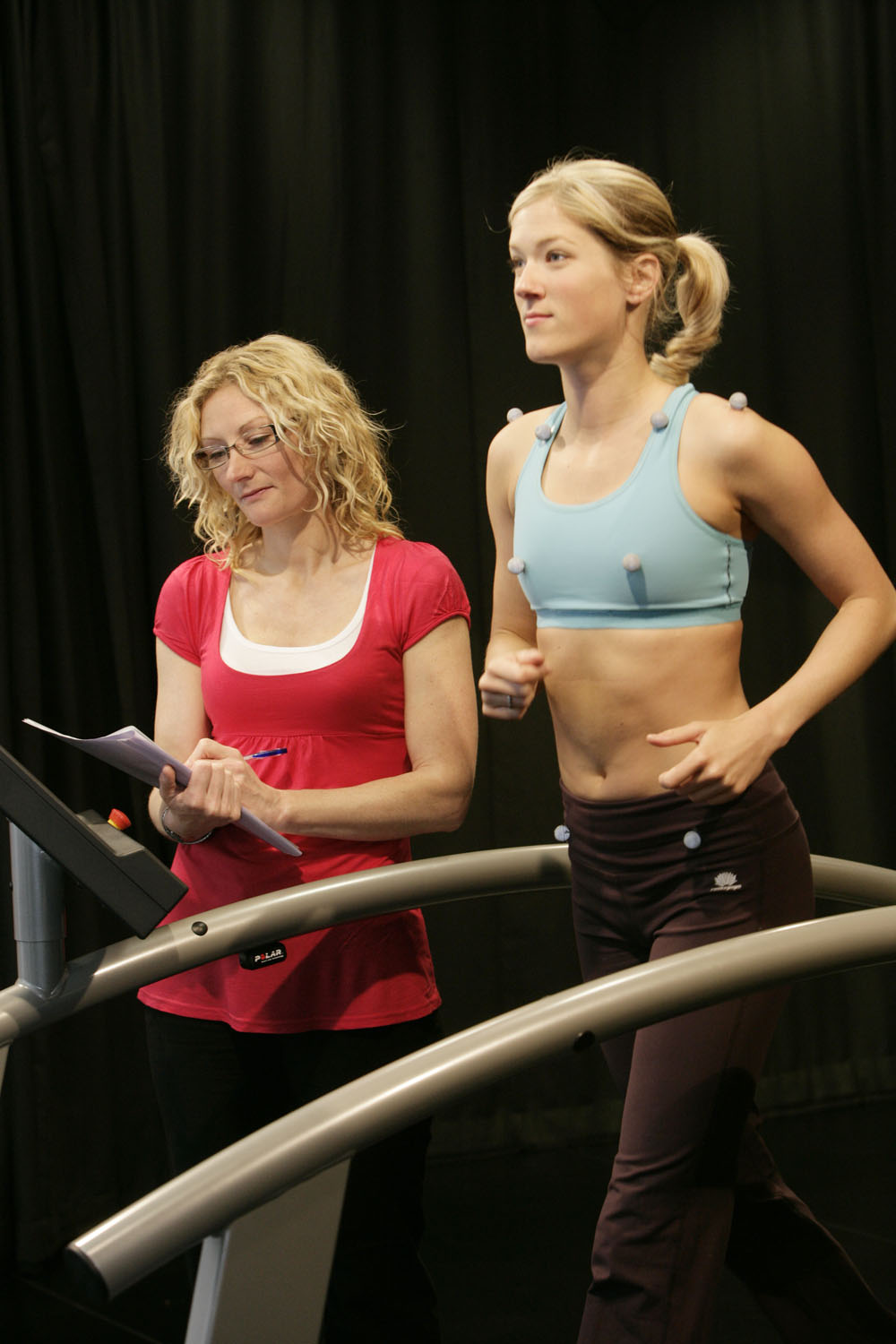Breasts move far more than ordinary bras are designed to cope with and they also bounce more during exercise – up to 21 cm rather than the maximum 16 cm bounce measured in past studies, according to new research.
Ordinary bras can stop the bouncing but the new study by University of Portsmouth scientist Dr Joanna Scurr shows that breasts also move side-to-side and in and out and estimates are that more than 50 percent of women experience breast pain when exercising, regardless of cup size.
Dr Scurr’s study also found that breasts move as much during slow jogging as they do at maximum sprint speed. She said: “This makes wearing a sports bra as important if you jog slowly as if you sprint.”

Dr Scurr is working with major bra manufacturers in Britain and globally to design a bra which can lessen movement in all three dimensions and reduce much of the pain many women suffer when exercising.
She said: “There really are women who want to do exercise but who don’t have the bras to cope. I know of a 16 year old who was selected to play basketball for the county but she was told to give it up because she couldn’t find a bra that made playing possible. Breast size and pain caused by exercise can be a real barrier to women doing exercise.”
She stresses that pain is not linked to the size of a woman’s breasts. An A-cup woman could be prevented from doing sport just as much as a woman with double FF-cup size. Breasts have very limited natural support and can hurt for three main reasons: tenderness during the menstrual cycle; permanent breast pain, and exercise-related pain due to stretching of the breast tissue.
Dr Scurr said: “If women wore the correct form of support, if we can get that right, the use of pain medication is reduced and women can be active and lead healthy lives. Studies have shown that medication to reduce breast pain was only successful for 54 percent of women, but they had to put up with side effects of the medication, whereas sports bras were shown to be successful at reducing breast pain for 80 percent of women, with no side effects at all."
Dr Scurr’s study also disproves the belief that compression bras are better for reducing movement in small breasted women and encapsulation bras better for larger breasted women. She found instead that encapsulation bars are better at reducing breast movement in women of all cup sizes.
She said the big question is why we know so little about the movement of breasts.
“Sports science has always been dominated by men and for them, studying breasts is seen as slightly laughable. For women, though, it’s completely credible – they can see the benefits. At conferences when I am asked what I study I say ‘bouncing breasts’ rather than breast biomechanics. It makes people laugh nervously but they always want to know more. So little has been known about this subject until recently.”
Her findings have enormous repercussions for the bra manufacturing industry and for women who want to lead active lives and have led to invitations to work with the military, the NHS and with lingerie manufacturers.
She is hoping to use cutting edge technology in 'intelligent materials' to help develop smart fabrics which can change to provide custom-made support for each woman which varies depending on the wearer’s level of activity.
She said: “It is only recently that bra design has turned to science. There was no research. It’s like designing a car or kitchen equipment without first thinking ‘what is the purpose of this?’ We need to think why do we need bras? What do we need them to do?”
Seventy women were recruited for the two-year study through the university’s student and staff population, gyms and doctors’ surgeries. Those chosen represent the widest range of breast sizes ever studied including women with cup sizes DD, E, F, FF, G, H, HH, J and JJ. The glamour model Jordan has a cup size of F, six sizes smaller than Dr Scurr’s biggest breasted subject.
Each woman had to undergo a programme of tests during which a wide range of biomechanical measurements were taken.
Dr Scurr said: “We are building up a database on breast biomechanics which we believe is the largest in the world. This information could be used to inform bra design, for clinical support, fundamental breast health research and to broaden understanding in this important area.”




Comments